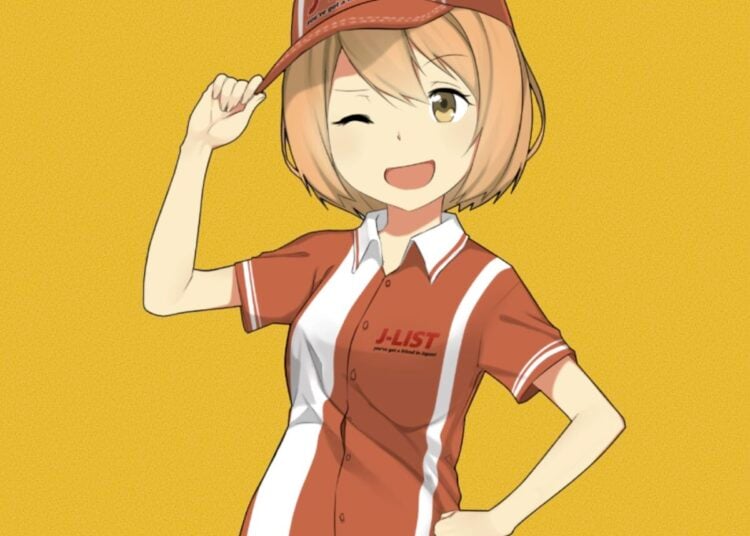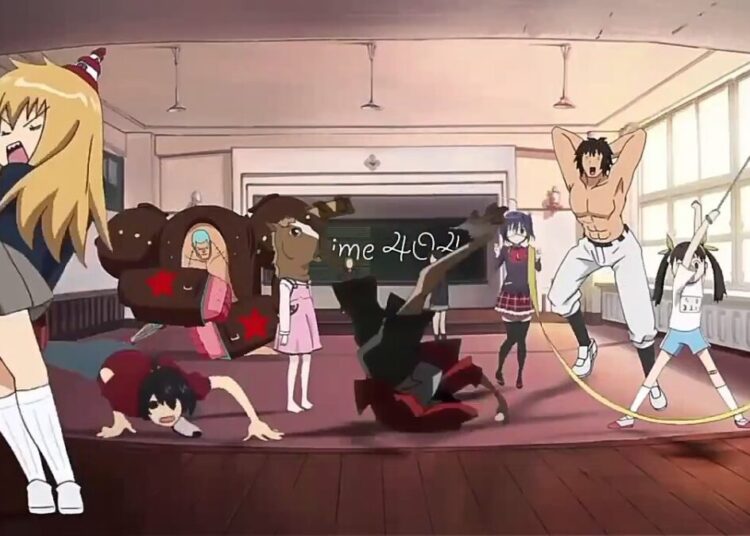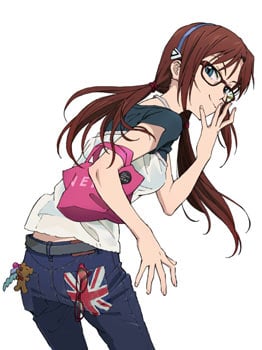When you go to an onsen (OWN-sen), a hot springs bath, it’s important to have all the essentials with you, and in my car I keep a basket with all my bath-related stuff in it — toothbrush, razor, large rubber bands that let me keep the shower nozzle from shutting off every 10 seconds, and a notepad for writing down ideas for J-List posts that come to me while soaking (really). One day I bought new toothbrushes, changing my normal one from blue to purple, which prompted my son to comment on my “Mace Windification,” after the Jedi Master in the Star Wars films who uses a purple lightsaber. When I started learning Japanese, I wondered how some of the linguistic concepts we use all the time in English would be represented. Japanese is based on kanji for its higher vocabulary functions in much the same way that English is based on Latin and Greek, and complex ideas like “capitalism” or “carbon dioxide” can be rendered in kanji quite logically by going back to the original root words. One useful character is bakeru (to change or transform, a major theme in the Bakemonogatari anime), which is read ka in its Chinese form, and this character corresponds to the concept of “-ification” or “-ization” (i.e., a change from one state to another). Some examples of words that make use of this character are kyouka (strong + change) meaning “strengthen”; oubeika (Europe + America + change), essentially meaning “Westernization”; and the big problem for Japan these days, shoushika (few + child + change), or the declining number of children as a result of the low birth rate. So when my son noted the change in my toothbrush color, the word he used was “Mace Windu-ka.” Can you guess how you’d say “otaku-ification” in Japanese?
















